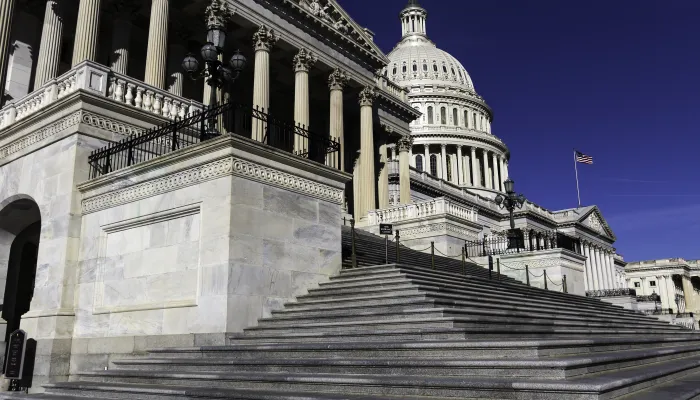Gaps Return to State Budgets
In a recent report from the Center on Budget and Policy Priorities (CBPP), mid-year budget shortfalls, totaling $16 billion or 4 percent of these budgets, have already opened up in 26 states. As the mid-point of FY 2010 (which began July 1 in most states) approaches, states have seen revenues fall below previous projections. Our friends over at Value Added have also commented on the report here.
Including budget shortfalls at the end of last fiscal year and recent mid-year shortfalls, 48 states face budget shortfalls in FY 2010 at a total of $178 billion (the largest gap on record)—all of which must be addressed through spending cuts and/or revenue increases in order to satisfy states’ balanced budget requirement (except for Vermont). Only two states, Montana and North Dakota, have not reported budget shortfalls, although their surpluses have been diminished.
States’ fiscal problems are also projected to continue into FY 2011, as combined fiscal gaps may exceed $350 billion over the next two years. To correct for these shortfalls, states have been raising certain taxes and cutting services and jobs, which has made recovering from the economic downturn even more difficult for many people.
To help states weather the economic storm, the American Recovery and Reinvestment Act has provided billions in federal assistance to states. Calculating this precise amount is extremely difficult as a large majority of the stimulus funds flow through the states, but only some measures actually work to alleviate state budget pressures. The most notable of these programs, however, are grants to states for Medicaid and the State Fiscal Stabilization Fund for education, which have already paid out over $33 billion and $13 billion, respectively. Yet, budget outlooks show that federal assistance will most likely end before state fiscal pressures have gone away. CBPP argues that phasing out federal assistance more gradually and extending some health care and education funding could help states avoid drastic budget cuts.
As the Administration continues to consider a range of options to bolster the economy, some lawmakers and experts have mentioned providing additional aid to states as a way to save an estimated 700,000 job cuts over the next two years from state budget shortfalls. If lawmakers decide that there are compelling reasons to provide additional stimulus, in any form, they must find ways to pay for any new measures. From here on out, lawmakers must balance the potential need to stimulate the economy against the dangers of adding to our debt.

